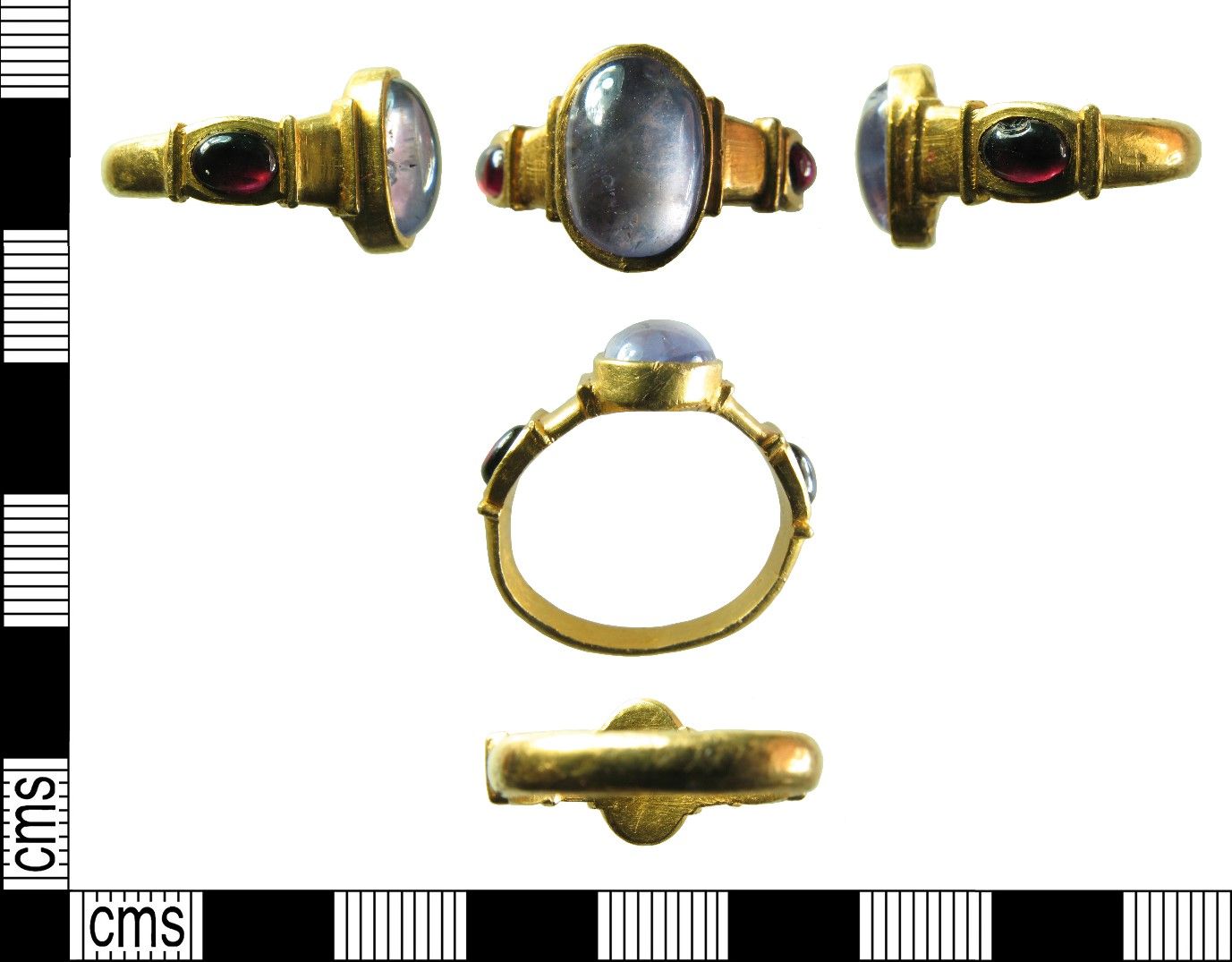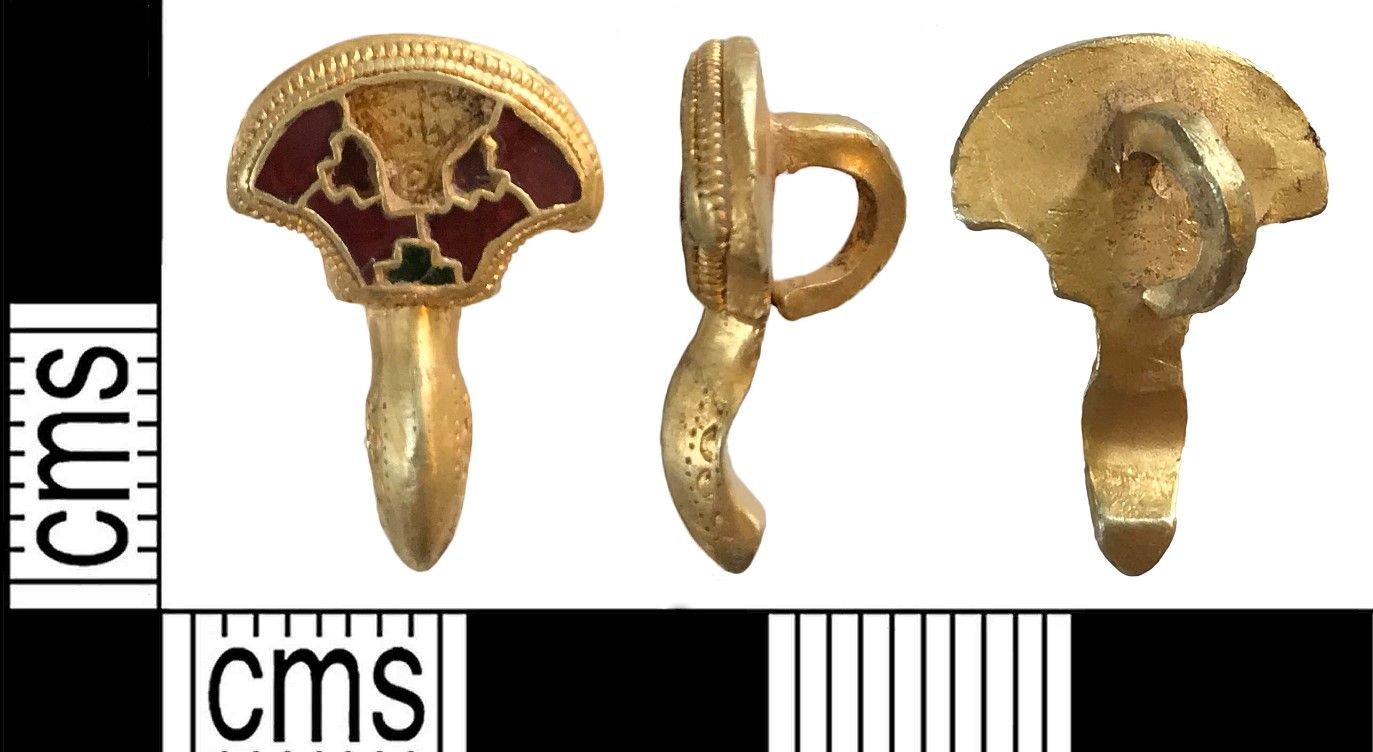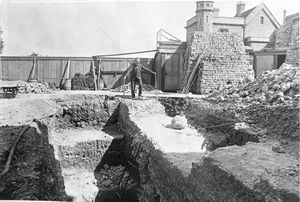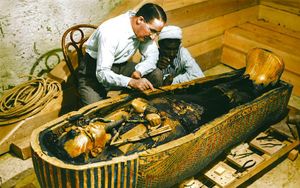As part of the Council for British Archaeology's Festival of Archaeology 2020, Simon Maslin, Hampshire Cultural Trust's Finds Liaison Officer, discusses the 1996 Treasure Act and its role in museum acquisitions in Hampshire.
Over the last 20 years, the work of The British Museum’s Portable Antiquities Scheme has allowed finds made by metal detectorists in Hampshire to be added to the county’s archaeological record, preserving valuable information for future research. The Hampshire Finds Liaison Officer works as part of the team at Hampshire Cultural Trust to report and record finds as part of this scheme.
Not all finds are items that can be legally dug up and taken away. Since 1996, anything made of gold or silver, groups of coins or prehistoric metalwork over 300 years old have been required to be reported to the coroner for the district under the 1996 Treasure Act. This is a law which gives museums both nationally and locally the chance to acquire important finds before they are lost to commercial auctions and private ownership, enabling artefacts to be saved for public collections and local communities. Finders and landowners receive full financial reward for everything acquired as part of this process, so nobody loses out.
This law was brought in to provide new powers to combat the unlawful ransacking of archaeological sites and the public sector’s loss of our heritage. Today, it has grown to encompass over a thousand reported cases every year of artefacts and hoards. In fact, last year, 2019, saw more treasure finds reported in Hampshire than in any other county in England! Obviously not all of these treasures can be acquired and saved – but this legal power has enabled museums, including those in Hampshire, to add many important objects to their collections.
A wide range of objects has now been acquired through the Treasure Act by Hampshire Cultural Trust. Among them is this fine and very high status Medieval gold ring with garnet setting dating to the late 12th or early 13th century and this Anglo-Saxon gold and garnet buckle tongue dating to the late 6th or early 7th century. Both of these objects probably epitomise what immediately springs to mind as “treasure”.


It’s worth remembering, however, that it’s not just expensive items of high status jewellery which can fall under the Act – prehistoric, non-precious metalwork is also included. This has allowed rare and very important assemblages of objects such as the hoard of Iron Age tankards from Oakley and the Middle Bronze Age ornament hoard from Fareham to be saved. These groups of objects offer important insights into our understanding of these distant periods of Hampshire’s past.
For more information about the Portable Antiquities Scheme and the Treasure Act, please contact Simon Maslin, Hampshire Finds Liaison Officer at flo@hampshireculturaltrust.org.uk.

If you have enjoyed Culture on Call and you are able to make a donation, any support you can give will help us keep people connected.



